Top 10 Automotive Design Terms

What is it that sells cars? What gets drivers to come through a dealership’s front door and sign their lives away for the next five years or better? Is it reliability ratings? Could it be customer service? What about features, performance or fuel economy? Truthfully it’s a mix of all these attributes and more.
Certainly automotive design plays a critical role in moving metal. People see a cool-looking car or truck on the street or read about it online (preferably at AutoGuide.com) and their interest gets piqued. Styling is probably not the most important aspect of automotive sales but it’s unquestionably a vital part of the greater vehicular universe. After all, nobody is going to covet a Toyota Corolla in 40 years they way they might lust after a Dodge Challenger or Audi R8.
SEE ALSO: Top 10 Worst Vehicles for the Environment
Some cars and trucks are more attractive or interesting than others, but every vehicle is born in a studio, whether it’s a lowly hatchback or a flagship luxury sedan. Not surprisingly designers have a language all their own and it’s chockablock with interesting terminology not familiar to many laymen.
To learn some of this foreign tongue we reached out to automotive designer and published author Jason White. He shared with us 10 important design terms that every car person should know and understand.
First up is tumblehome, something White described as being the angle of a vehicle’s sides. He said, “The idea is to create a situation where the car looks well planted,” with the bulk of its mass being below the glass.
White said minivans often don’t have very much tumblehome but examples of other vehicles with practically none include the Land Rover Defender and military Hummers.
Next up is something known as fease disease, the first word being shorthand for feasibility. White said this automotive illness can occur when “cost and engineering problems get in the way of [a] concept being as pure as you’d like it to be.” In short, it’s when reality sets in and a design has to be changed in order to make it production viable.
White said the best way to avoid this is to be “aware of what would be feasible in the first place … If you don’t even consider feasibility at all then fease disease has very good chance of setting in.” Fortunately he said it’s not communicable between vehicles.
It may sound like we’re just making stuff up but squircle is a legitimate design term. White said, “It’s basically any graphic in a car that’s a rounded off square.” He said this design element is particularly popular with German automakers. They use them “all over the place.”
Additionally White said former Ford design honcho J Mays is “notorious for using squircles,” adding that it’s “kind of a hallmark” for him, both inside and out.
Thick-to-thin is a design term used to describe forms that vary in visual weight, from heavy to light. This technique creates dynamic surfaces that entertain a viewer’s eyes.
White said these forms are “used to keep surfaces looking dynamic.” He also noted that, “A lot of things going on at Hyundai use thick-to-thin surface techniques.”
Of course not all vehicles implement this styling practice. Some designers shy away. White said without it a vehicle may not be as expressive. “It could end up looking Teutonic, or simple, or clean,” he said. “Again you think of German vehicles from the late ‘90s to the 2000s … you don’t see a lot of it [thick-to-thin surfacing].”
Reach has nothing to do with how long a stylist’s arms are and everything to do with how forward leaning a particular piece of work is. White said it’s “shorthand for how progressive or futuristic a design is.”
When creating something he always tries to put more reach in than he can get away with in reality because it’s easier to “reel it back in” than add more later on. “You aim higher than you need to,” he said.
Bone lines are styling elements that are less pronounced than theme lines, the next term on this Top 10 list. White said a bone line “looks like it’s just under the surface of the car;” they’re “a bit softer than a lot of other lines.”
White also said, “It’s not right out in the open, [but] something under the surface.” Imagine seeing someone’s ribs. They’re covered with flesh but still clearly visible if the person is trim enough.
An example of a bone line can be found running down the side of Ford’s Freestyle crossover. It’s a subtle element but, “It’s pretty critical that it’s there,” noted White because the vehicle would be very dull without it (well, even duller than it already is).
If a bone line is subtle, a theme line is obvious. These elements define the shape of a vehicle and set its overall tone. White said you don’t want more than three theme lines in any particular design because, “It would be too busy, there would be too much going on. You wouldn’t know where to look.”
“[A theme line] is a line that’s very pronounced and one that defines the theme of a car,” said White (hence the name). “It’s like that Alfred Hitchcock silhouette you see at the start of the show … [it] defines the main features.”
This term is pretty obvious. White said busy designs are “a visual frenzy.” He also described them as having “way too much going on.”
With busy designs, “It’s all coming at you at the same volume and you just don’t know what to look at,” said White.
Coke-bottle styling “pinches in the middle, almost like a waist,” said White. This technique is “a way of making a car very shapely and sexy.” He said Chevrolet’s Corvette is the most obvious implementation of this styling practice on the market today.
“[It] originated with the Studebaker Avanti in 1963,” said White and coke-bottle styling is “one of those automotive proportions that you just can’t do wrong.” He also noted that it’s lasted a long time and probably won’t go away anytime soon because, “It’s a solid approach.”
Finally we come to a term that probably every automotive enthusiast is familiar with. Land yachts are usually gigantic American sedans from the 1970s, cars “they couldn’t give away during the energy crisis,” said White. Interestingly he also mentioned that many designers harbor a secret passion for these vehicles, equating them to junk food.
He said many people try to eat healthfully but sometimes they crave a big, greasy, double cheeseburger. “We know it’s not good for us … but who cares?”
From a design standpoint White described land yachts as “a really cool challenge” since there’s so much real estate to play with. Big vehicles give stylists an opportunity to explore form language that wouldn’t look good on smaller models.
“The design world tends to be very caught up on current things,” said White but, “There are a lot of us that get tired of that and yearn for something that’s a bit more … a bit cheesier.”
As for specifics, “The only thing that comes remotely close to a land yacht today is the Chrysler 300,” said White but, “It’s not even the real thing.” According to him a perfect example of one is an Imperial from the early 1970s.
Check out our other Top 10 Lists!

Born and raised in metro Detroit, Craig was steeped in mechanics from childhood. He feels as much at home with a wrench or welding gun in his hand as he does behind the wheel or in front of a camera. Putting his Bachelor's Degree in Journalism to good use, he's always pumping out videos, reviews, and features for AutoGuide.com. When the workday is over, he can be found out driving his fully restored 1936 Ford V8 sedan. Craig has covered the automotive industry full time for more than 10 years and is a member of the Automotive Press Association (APA) and Midwest Automotive Media Association (MAMA).
More by Craig Cole
































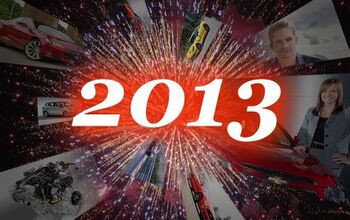
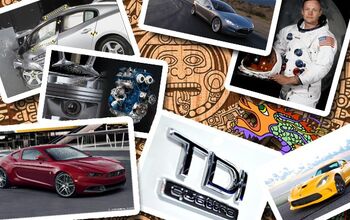


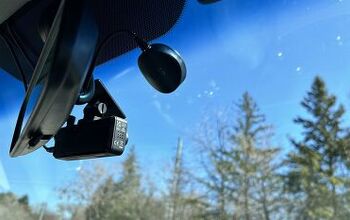

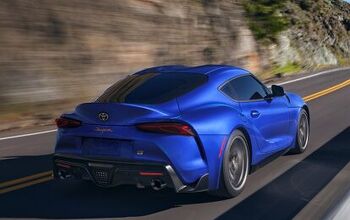


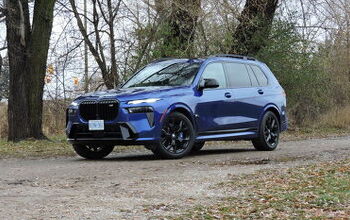



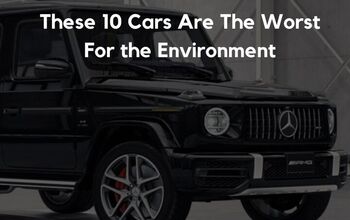
Comments
Join the conversation
oooh I learned a couple of new words today ;) The opposite of tumblehome is motorhome. Erkel was a squircle (not completely square)